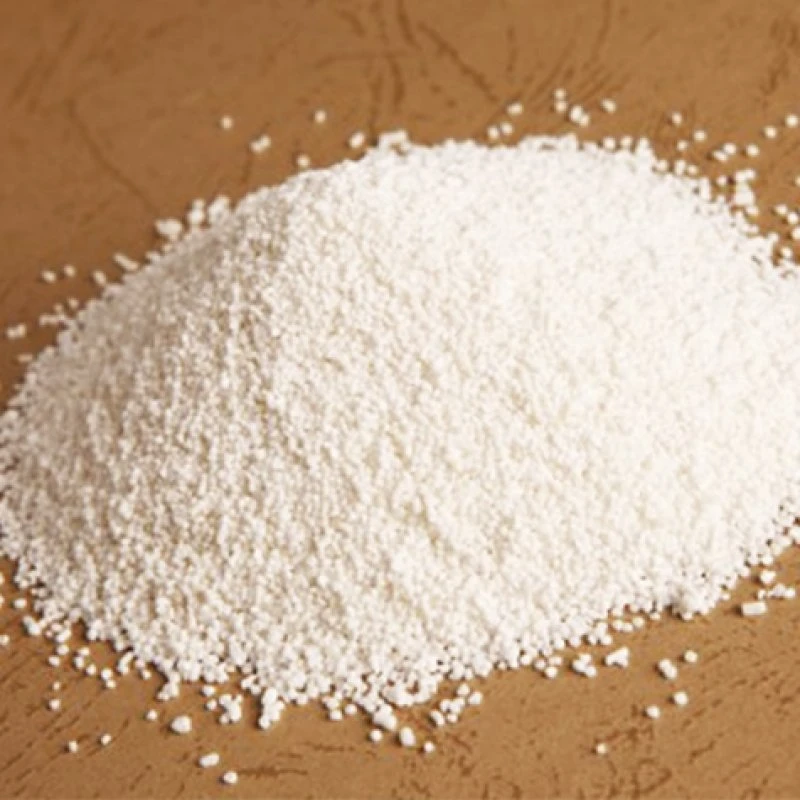



Understanding the Molar Mass of Barium Carbonate and Its Importance in Chemistry
Understanding Barium Carbonate Molar Mass and Its Significance
Barium carbonate, with the chemical formula BaCO₃, is a white crystalline compound that plays a significant role in various industrial and chemical processes. It is routinely utilized in glassmaking, ceramics, and as a precursor to barium compounds. One of the fundamental aspects of any chemical compound is its molar mass, which not only aids in stoichiometric calculations but also provides insights into its properties and applications.
What is Molar Mass?
Molar mass, defined as the mass of one mole of a substance, is measured in grams per mole (g/mol). It is calculated by summing the atomic masses of all constituent atoms in a chemical formula, derived from the periodic table. For barium carbonate, the molecular formula indicates that it consists of one barium atom (Ba), one carbon atom (C), and three oxygen atoms (O).
Calculating the Molar Mass of Barium Carbonate
To calculate the molar mass of barium carbonate, we refer to the atomic masses of each element
- Barium (Ba) approximately 137.33 g/mol - Carbon (C) approximately 12.01 g/mol - Oxygen (O) approximately 16.00 g/mol
The molar mass of barium carbonate (BaCO₃) is calculated as follows
\[ Molar \ Mass \ of \ BaCO₃ = (1 \times 137.33 \ g/mol) + (1 \times 12.01 \ g/mol) + (3 \times 16.00 \ g/mol) \]
\[ = 137.33 \ g/mol + 12.01 \ g/mol + 48.00 \ g/mol = 197.34 \ g/mol \]
Therefore, the molar mass of barium carbonate is approximately 197.34 g/mol. This value is crucial for chemists and engineers working with this compound, as it enables precise calculations in reactions involving barium carbonate.
barium carbonate molar mass

Applications of Barium Carbonate
Barium carbonate is particularly valued in the manufacturing and chemical industries. Its applications include
1. Ceramics and Glass In the ceramics industry, barium carbonate is added to formulations to enhance the physical and chemical properties of the final products. It helps to reduce the melting temperature and improve the clarity and strength of glass.
2. Pigments Barium carbonate is utilized in producing several pigments, particularly in the manufacture of paint. It acts as an opacity agent and helps in achieving vibrant colors.
3. Chemical Reactions Barium carbonate serves as a precursor in various chemical reactions to produce other barium compounds. It is especially significant in producing barium sulfate (BaSO₄), which is used in medical imaging and as a contrast agent.
4. Environmental and Agricultural Uses The compound is also used to reduce soil acidity and as a component in fertilizers, assisting in the growth of plants in certain soil conditions.
Safety and Environmental Considerations
While barium carbonate is generally considered safe for various industrial applications, it is important to handle it with care. Barium compounds can be toxic in large quantities, and therefore, adequate safety precautions should be taken during its storage and use. Environmental regulations also mandate that barium carbonate be disposed of responsibly to prevent soil and water contamination.
Conclusion
In summary, barium carbonate is a versatile compound with a molar mass of approximately 197.34 g/mol, making it an essential component in numerous industrial applications. Understanding its molar mass not only aids in conducting accurate chemical reactions but also highlights its importance across various fields, from ceramics to environmental sciences. As research continues and new applications emerge, the significance of barium carbonate is likely to grow, reinforcing its status as a valuable chemical compound in modern technology and industry.
-
Why Sodium Persulfate Is Everywhere NowNewsJul.07,2025
-
Why Polyacrylamide Is in High DemandNewsJul.07,2025
-
Understanding Paint Chemicals and Their ApplicationsNewsJul.07,2025
-
Smart Use Of Mining ChemicalsNewsJul.07,2025
-
Practical Uses of Potassium MonopersulfateNewsJul.07,2025
-
Agrochemicals In Real FarmingNewsJul.07,2025
-
Sodium Chlorite Hot UsesNewsJul.01,2025










